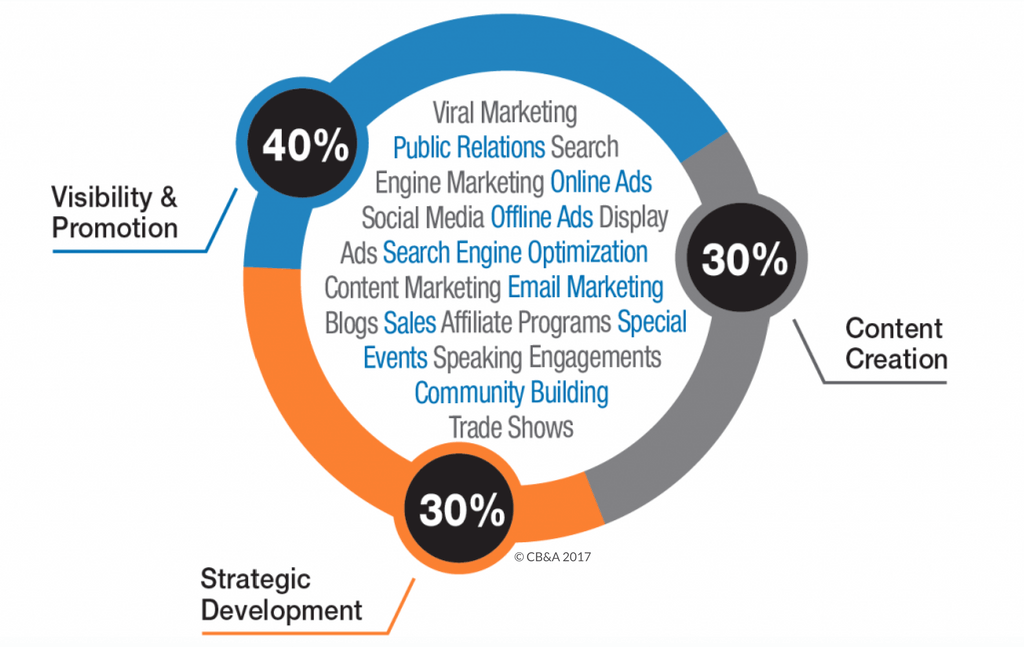
Conferences are a significant investment of your time and budget. There are a multitude of shows available to those marketing to educators, so how do you choose which events are optimal for you? How do you grow your business both during and after the conference?
Marketing to educators is rooted in one fundamental truth: teachers listen to other teachers. Teachers know that other teachers understand the unique challenges and pressures they face, and that empathy directly leads to trust.
Because purchases are subjected to higher scrutiny and budget constraints in the school and district decision-making processes, companies must invest more time and conversation to secure buy-in. Anything you do to build trust will directly help sales efforts, and conferences can be a great investment towards that goal.
The opportunity to meet face-to-face with educators and make new connections, strengthen existing relationships — and sometimes act as silent observer in teacher-to-teacher conversations — is critical for authenticating a brand for the classroom.
National education trade conferences, especially in 2017, will be foundational for gaining face time with prospective and returning customers. Because interactions between customers and brands largely exist in the digital realm, it is critical to maximize in-person conversations as an opportunity to advance warm leads, and ensure that conference dollars are well spent.
Here are five keys to knock your 2017 conference planning out of the park.
1. Establish Goals. Set two primary objectives you’d like to achieve with your conference presence. Consider factors like price point, your market share and when the conference occurs within the district buying cycle.
For example, a company targeting district-wide sales for a high investment product may desire to secure 10 meetings with district decision makers during the spring purchasing season, in hopes of closing a sale. A company with a lower price point item targeting classroom teachers may cast a wider net. A comprehensive strategy driving new and returning customers to the company booth while promoting a special discount offer is a shorter-lead strategy, yet appropriate for the product’s sell points.
2. Set Key Performance Indicators (KPIs). Determine the metrics that will indicate how you stack up against a bottom line. Define the channels in which you will measure sales and potential leads, and set metrics for each channel. When you begin to evaluate ROI, you’ll be able to turn directly to these metrics, and avoid questioning the value of your trade show attendance.
3. Coordinate marketing activities that will support your conference goals. The number one rule for having a presence on the show floor is to actively drive attendees to your booth. Avoid a “Field of Dreams” mentality. Your booth alone will not attract passer-byers at large conferences, and you might be shocked what factors help or hurt booth participation.
Preparation is key. Identify the draw for educators to visit your booth, and promote, promote, promote. Exclusive discounts, freebies and 1:1 demos make for a great “pull” strategy, but only if people are aware and value them. Social media and email marketing campaigns directed toward attendees should be in play at least two weeks before the event.
4. Strike harmony among your marketing channels. A well thought-out marketing plan that aligns with the ebb and flow of the purchasing cycle will help generate leads — and convert them into sales. Conferences are only one channel to reach attendees. Develop deliverables for attendees that will be available for easy reference after the show. Evergreen content fares the best for extending your investment in the development of this collateral.
Content creation should follow the 30-30-40 Rule:

5. Develop a complementary post-event strategy. Prepare a post-event strategy that will serve two purposes for your company:
- Filter sales leads through a decision making process, and delegate next steps for conversion.
- Leverage the materials developed for the trade show (i.e., case studies, video footage) and capitalize on the increased visibility of your company following a conference.
Ready to develop your conference game plan? Email us at hello@cblohm.com to determine which conferences make the most sense for your sales channels, and to explore next generation focus groups and booth strategies.
